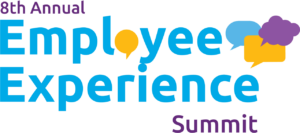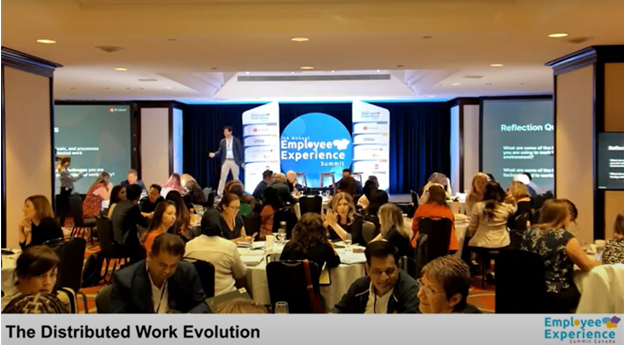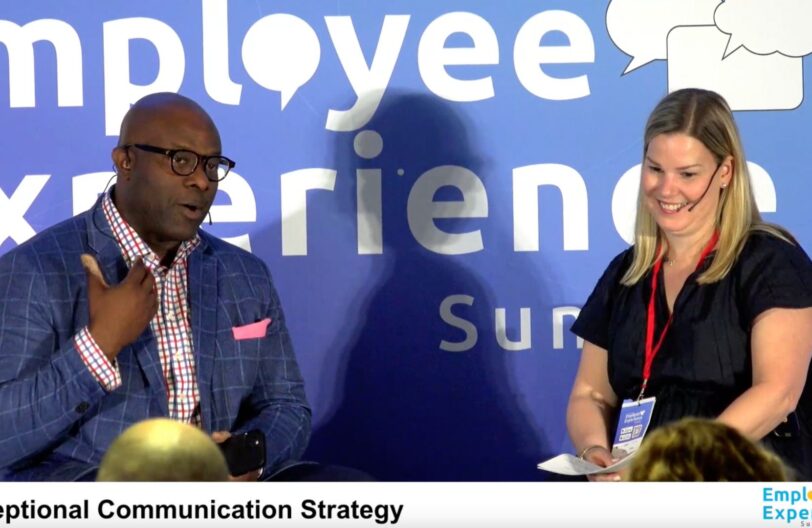Executive Summary:
The future of work is fundamentally transforming, and organizations must adapt or risk becoming obsolete. This comprehensive report explores the critical insights from Dirk Propfe’s groundbreaking session on distributed work, revealing how progressive organizations are reimagining workplace dynamics.
Historical Context: The Evolution of Work
The story of human labor is a narrative of continuous transformation, marked by profound shifts in how we conceptualize productivity, value, and human potential. From the agrarian societies of the pre-industrial era to the complex, technology-driven workplaces of the 21st century, our understanding of work has undergone radical metamorphosis. This section explores the historical trajectory that has shaped our current organizational paradigms, revealing the deep-rooted assumptions that continue to influence modern workplace dynamics.
The traditional workplace model emerged from the Industrial Revolution, characterized by:
– Rigid hierarchical structures
– Top-down decision-making
– Centralized control
– Limited worker autonomy
“You were there to work, not to think.” – Industrial Era Management Philosophy
Key Paradigm Shifts in Modern Workplace Design
1. Decentralized Decision-Making
In an era of unprecedented complexity and rapid change, traditional hierarchical structures are proving increasingly inadequate. Decentralized decision-making emerges as a revolutionary approach that challenges centuries-old management philosophies, offering a more agile, responsive, and human-centric model of organizational design. By reimagining the fundamental relationships between leadership, teams, and individual contributors, forward-thinking organizations are discovering new pathways to innovation, engagement, and competitive advantage.
Organizations like Buurtzorg (Netherlands) demonstrate the power of self-managed teams:
– Grew from 11 to 10,000 nurses in 10 years
– 50-person headquarters supporting 10,000 workers
– 33% lower absenteeism
– 67% reduced overhead costs
– Highest client satisfaction in the Netherlands
2. Synchronous and Asynchronous Work Integration
The digital revolution has fundamentally disrupted traditional notions of time, space, and collaboration. As organizations navigate the complex landscape of modern work, the ability to seamlessly transition between synchronized and asynchronous communication has become a critical competitive capability. This section delves into the sophisticated strategies that enable teams to transcend physical limitations, leverage global talent, and create more flexible, responsive work environments that honor both individual productivity and collective creativity.
Critical strategies for effective distributed work:
– Flexible communication approaches
– Robust documentation practices
– Strategic meeting reduction
– Focus on meaningful collaboration
Case Study: Dropbox Implementation
– Decreased meetings by 25%
– Shortened product development cycles
– Improved overall team productivity
3. Collective Intelligence Activation
Human potential represents the most profound and yet most underutilized resource in modern organizations. Collective intelligence represents a paradigm shift from individual achievement to collaborative potential, recognizing that the most innovative solutions emerge from the dynamic interaction of diverse perspectives, skills, and experiences. By creating ecosystems that encourage knowledge sharing, cross-functional collaboration, and inclusive participation, organizations can unlock unprecedented levels of creativity, problem-solving, and adaptive capacity.
Emerging best practices:
– Create open communication channels
– Implement collaborative technology platforms
– Encourage cross-functional knowledge sharing
– Design inclusive participation mechanisms
Challenges in Distributed Work Environments
The path to transformative workplace design is neither linear nor predictable. As organizations seek to reimagine their approach to work, they encounter a complex landscape of technological, cultural, and systemic challenges. This section provides a nuanced exploration of the obstacles that emerge when challenging traditional workplace paradigms, offering strategic insights, practical frameworks, and evidence-based approaches for navigating the inherent complexities of organizational transformation.
Primary Organizational Obstacles:
– Communication context loss
– Reduced spontaneous interactions
– Diminished team engagement
– Technology integration complexities
Participant Insights: Distributed Work Strategies
Technology Tools:
– Collaborative platforms (Miro, Google Workspace)
– Flexible calendar blocking
– Robust information management systems
Engagement Strategies:
– Intentional relationship-building practices
– Clear communication protocols
– Hybrid work model flexibility
Recommended Implementation Framework
1. Assess Current Work Architecture
– Evaluate existing communication structures
– Identify technological gaps
– Map team interaction patterns
2. Design Flexible Work Protocols
– Develop clear asynchronous communication guidelines
– Create inclusive participation mechanisms
– Establish trust-based performance metrics
3. Invest in Technology and Training
– Select collaborative platforms
– Provide comprehensive digital literacy training
– Support continuous learning initiatives
Conclusion:
We stand at a critical inflection point in the evolution of work, where technological capabilities, changing workforce expectations, and global challenges converge to demand a radical reimagining of organizational design. The distributed work model represents more than a temporary adaptation—it is a fundamental restructuring of how we create value, collaborate, and realize human potential.
Strategic transformation requires more than theoretical insight—it demands a practical, systematic approach to organizational change. The implementation roadmap serves as a comprehensive guide, translating the innovative concepts explored in this whitepaper into actionable strategies. By providing a structured approach to assessment, pilot programs, measurement, and continuous adaptation, this section empowers organizations to move from conceptual understanding to meaningful, sustainable workplace innovation.
Key Takeaway:
“The future belongs to organizations that can dance between synchronous and asynchronous work, tapping into the collective intelligence of their teams.” – Dirk Propfe
Recommended Next Steps:
– Conduct organizational readiness assessment
– Develop pilot distributed work programs
– Create measurement and feedback mechanisms
– Invest in continuous learning and adaptation
This whitepaper is based on the 2024 Employee Experience Summit session by Dirk Propfe, CEO of ET Group.




